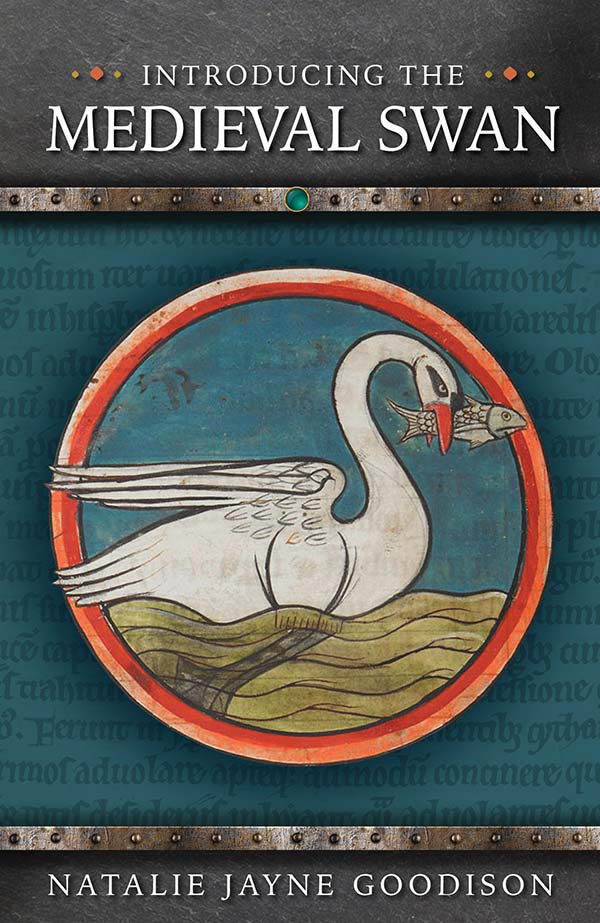How adjectival can a participle be? Subsective gradience in English 2nd participles
 Most analyses of the English passive (formed with be + V‑ed) claim that there is a verbal passive and an adjectival passive. How can the same form express polar opposite meanings? This study of the adjectival passive reconciles the contradiction using Christopher Beedham’s aspect analysis of the passive, in which the so-called actional passive (verbal passive) is said to express an action and its resultant state.
Most analyses of the English passive (formed with be + V‑ed) claim that there is a verbal passive and an adjectival passive. How can the same form express polar opposite meanings? This study of the adjectival passive reconciles the contradiction using Christopher Beedham’s aspect analysis of the passive, in which the so-called actional passive (verbal passive) is said to express an action and its resultant state.
In the study, the author presented approximately one thousand 2nd participles, mainly from transitive verbs, to three native speaker informants in putative noun phrases such as an accepted practice and putative clauses with un‑, such as It is unaccepted, and asked the informants to say if they are grammatical, ungrammatical or borderline. She also interrogated her participles in the British National Corpus for their adjectival properties. In this way, she arrived at five adjective-like properties which a 2nd participle can have. Finally, she put her participles into eight groups, ranging from «0% state, 100% action» to «50% state, 50% action», depending on how many and which of the five adjective-like properties they can exhibit. The result is a new gradient scale of adjectival passives.
zum Buch im ULB-KatalogPlus
zum Buch auf der Verlags-Website
Introducing the medieval swan
 What comes to mind when we think of swans? Likely their beauty in domestic settings, their preserved status, their association with royalty, and possibly even the phrase ‘swan song’. This book explores the emergence of each of these ideas, starting with an examination of the medieval swan in natural history, exploring classical writings and their medieval interpretations and demonstrating how the idea of a swan’s song developed. The book then proceeds to consider literary motifs of swan-to-human transformation, particularly the legend of the Knight of the Swan. Although this legend is known today largely through Wagner’s opera, it was a best-seller in the Middle Ages, and courts throughout Europe strove to be associated as descendants of this Swan Knight. Consequently, the swan was projected as an icon of courtly and eventual royal status. The book’s third chapter looks at the swan as icon of the Lancasters, particularly important during the reign of Richard II and the War of the Roses, and the final chapter examines the swan as an important item of feasting, focusing on cookery and husbandry to argue that over time the right to keep swans became an increasingly restricted right controlled by the English crown. Each of the swan’s medieval associations are explored as they developed over time to the modern day.
What comes to mind when we think of swans? Likely their beauty in domestic settings, their preserved status, their association with royalty, and possibly even the phrase ‘swan song’. This book explores the emergence of each of these ideas, starting with an examination of the medieval swan in natural history, exploring classical writings and their medieval interpretations and demonstrating how the idea of a swan’s song developed. The book then proceeds to consider literary motifs of swan-to-human transformation, particularly the legend of the Knight of the Swan. Although this legend is known today largely through Wagner’s opera, it was a best-seller in the Middle Ages, and courts throughout Europe strove to be associated as descendants of this Swan Knight. Consequently, the swan was projected as an icon of courtly and eventual royal status. The book’s third chapter looks at the swan as icon of the Lancasters, particularly important during the reign of Richard II and the War of the Roses, and the final chapter examines the swan as an important item of feasting, focusing on cookery and husbandry to argue that over time the right to keep swans became an increasingly restricted right controlled by the English crown. Each of the swan’s medieval associations are explored as they developed over time to the modern day.
zum Buch im ULB-KatalogPlus
zum Buch auf der Verlags-Website
Weitere Titel können Sie in unseren Neuerwerbungslisten für die Anglistik entdecken!
